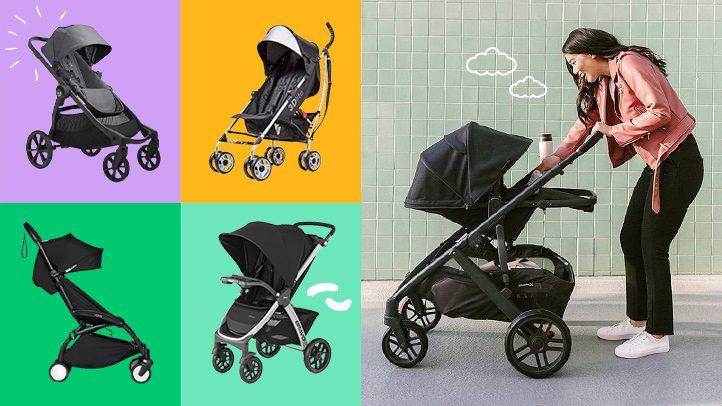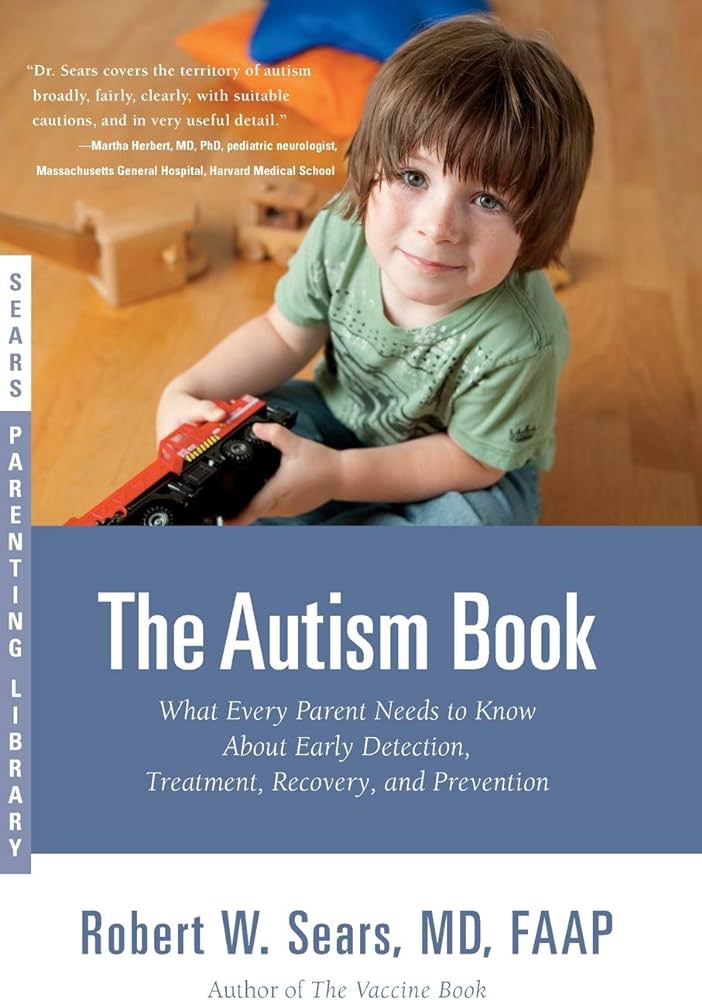How Long to Use Uppababy Bassinet: Expert Guide for Parents
The Uppababy bassinet should be used until the baby can sit up on their own, typically around six months. Introducing the Uppababy Bassinet to your baby’s stroller routine offers a safe and comfortable place for your newborn to lie flat.
However, it is important to know when it’s time to transition from the bassinet to a stroller seat. We will answer the common question of how long to use the Uppababy Bassinet. As babies grow and develop, they will eventually outgrow the bassinet and need a stroller that can accommodate their changing needs.
Most manufacturers recommend stopping the use of the bassinet once the baby reaches the milestone of being able to sit up on their own, usually around six months. This transition marks an exciting stage of development for your little one and allows them to experience the world from a more upright position.
:max_bytes(150000):strip_icc()/vwf-primary-car-seta-stroller-combos-dburreson-001-98eca77f05084366b30e1afcb2bb2809.jpg)
Credit: www.verywellfamily.com
When To Start Using Uppababy Bassinet
The Uppababy bassinet can typically be used until your baby can sit up on their own, usually around six months. It is important to transition to a stroller that accommodates their changing needs as they develop and grow.
Recommended Age For Starting To Use Uppababy Bassinet
One of the most common questions new parents have is when to start using the Uppababy Bassinet. The manufacturer recommends that the bassinet be used from birth until your baby begins to push up on their hands and knees or reaches the weight limit of 20 pounds (9 kilograms). This means that the Uppababy Bassinet is suitable for use right from the time you bring your newborn home from the hospital.
Benefits Of Using The Bassinet For Newborns
Using the Uppababy Bassinet for newborns comes with several benefits for both the baby and the parents:
- Safe and comfortable sleeping environment: The bassinet is designed to provide a cozy and secure sleeping space for your newborn. It allows them to lie flat, which is the recommended sleeping position for babies as it promotes healthy spinal development and reduces the risk of SIDS (Sudden Infant Death Syndrome).
- Easy portability: The Uppababy Bassinet is lightweight and equipped with a sturdy handle, making it easy to carry and transport your baby from one place to another without disturbing their sleep.
- Convenient attachment to the Uppababy stroller: The bassinet is designed to easily attach and detach from the Uppababy stroller frame. This allows you to seamlessly transition your sleeping baby from the bassinet to the stroller without waking them up.
- Allows for parent-child bonding: Using the bassinet allows you to keep your baby close to you, promoting bonding and fostering a sense of security for your little one. This closeness also makes it easier for you to monitor your baby and respond quickly to their needs.
Overall, the Uppababy Bassinet provides a safe, comfortable, and convenient sleeping solution for newborns, allowing them to rest peacefully while you go about your day.
Maximum Weight And Height Limits
When it comes to using the Uppababy Bassinet, it is important to be aware of the maximum weight and height limits. These limits are in place to ensure the safety and comfort of your baby. By following these guidelines, you can provide a secure and suitable environment for your little one.
Weight Limit For The Uppababy Bassinet
The Uppababy Bassinet has a weight limit of 20 pounds. This means that once your baby reaches this weight, it is time to transition them to a different seating option. It is important to note that exceeding this weight limit can compromise the stability and functionality of the bassinet.
Height Limit For The Uppababy Bassinet
When it comes to the height limit of the Uppababy Bassinet, it is recommended that you stop using it once your baby can push up on their hands and knees. This typically happens around 6 months of age. At this stage, your little one is ready to transition to a stroller seat that better accommodates their mobility and provides proper support for their development.
It is crucial to abide by these weight and height limits to ensure your baby’s safety. By doing so, you are preventing any potential accidents or injuries that may occur if your baby outgrows the bassinet and is not properly secured in a suitable seating option.
Moreover, using the Uppababy Bassinet beyond the recommended weight and height limits can put unnecessary strain on the bassinet’s structure, compromising its durability and functionality. Ultimately, adhering to these limits promotes a safe and comfortable environment for your little one as they continue to grow and explore the world around them.
Transitioning To A Stroller
Transitioning to a stroller is necessary when your baby outgrows the Uppababy bassinet, which is typically around six months. It is important to accommodate their changing needs and provide a stroller that supports their growing independence.
Signs That It’s Time To Transition From The Bassinet To A Stroller
It’s important to pay attention to your baby’s development and cues to determine when it’s time to make the switch from the bassinet to a stroller. Here are a few signs that indicate your little one is ready for the transition:
- Increased mobility: If your baby is starting to show signs of mobility by attempting to sit up or roll over, it’s a clear indication that they have outgrown the bassinet. A stroller provides a more secure and upright position for their growing body.
- Lack of space: As your baby grows, they will need more space to move around and explore. If you notice that they are becoming cramped or uncomfortable in the bassinet, it’s time to upgrade to a stroller.
- Weight limit: Most bassinets have a weight limit that should be adhered to. If your baby has reached or exceeded the weight limit specified by the manufacturer, it’s definitely time to transition to a stroller.
Benefits Of Transitioning To A Stroller
The transition from a bassinet to a stroller comes with several benefits for both you and your baby. Here are a few advantages of using a stroller:
- Increased comfort: A stroller provides a more ergonomic and supportive seating position for your baby. They will be able to sit up comfortably and enjoy the sights and sounds of their surroundings.
- Better mobility: Strollers are designed to be easy to maneuver, allowing you to navigate various terrains and busy city streets with ease. This gives you and your baby the freedom to explore and go on longer outings.
- Convenience: Strollers typically come with additional storage compartments, such as a basket underneath or pockets on the sides, providing you with ample space to carry essentials like diapers, bottles, and snacks.
- Socialization: Using a stroller encourages your baby to interact with the world around them. They can observe nature, see other people and children, and engage in social interactions while out and about.
Tips For Safely Transitioning To A Stroller
When transitioning your baby from a bassinet to a stroller, it’s important to prioritize their safety. Here are a few tips to ensure a smooth and secure transition:
- Choose an appropriate stroller: Select a stroller that is suitable for your baby’s age, weight, and developmental stage. Make sure it has proper safety features, such as a secure harness and sturdy frame.
- Practice in a safe environment: Start by using the stroller indoors or in a secure, familiar space before venturing out. This allows your baby to get used to the new seating position and helps you feel more confident in handling the stroller.
- Secure your baby properly: Always use the stroller’s safety harness and ensure it is fastened snugly against your baby’s body. This will prevent them from sliding or falling out of the stroller.
- Pay attention to weather conditions: Adjust the stroller’s canopy or use a weather shield to protect your baby from harsh sunlight, rain, wind, or cold temperatures. Dress them appropriately for the weather to keep them comfortable.
- Take breaks: Remember to take breaks during longer walks or outings. Give your baby an opportunity to stretch, move around, and have some tummy time to avoid excessive pressure on their developing body.
Safety Precautions And Guidelines
When it comes to keeping your precious little one safe and sound, it is of utmost importance to follow the safety precautions and guidelines while using the Uppababy Bassinet. By adhering to these recommendations, you can ensure a worry-free and comfortable sleep environment for your baby.
Safety Guidelines When Using The Uppababy Bassinet
- Always use the bassinet on a stable and flat surface.
- Ensure that the bassinet attachments are properly secured before placing your baby inside.
- Never leave your baby unattended in the bassinet.
- Keep the bassinet away from any hazards such as cords, curtains, or other potential strangulation risks.
- Regularly check the bassinet for any signs of wear and tear, and discontinue use if any damage is found.
- Follow the weight limit guidelines provided by the manufacturer.
Tips For Ensuring Safe Sleep In The Bassinet
- Place your baby on his or her back to sleep to reduce the risk of Sudden Infant Death Syndrome (SIDS).
- Use a firm and flat mattress that fits snugly within the bassinet.
- Keep the bassinet free from soft bedding, pillows, stuffed animals, or any other loose objects that could pose a suffocation hazard.
- Dress your baby in appropriate sleep clothing to prevent overheating.
- Make sure the room temperature is comfortable and not too warm.
- Stay smoke-free, as exposure to secondhand smoke increases the risk of SIDS.
Important Features To Consider For Bassinet Safety
When choosing an Uppababy Bassinet, there are a few key features to consider that ensure your baby’s safety:
| Feature | Description |
|---|---|
| Sturdy construction | The bassinet should be made from high-quality materials that provide stability and durability. |
| Breathable fabric | Opt for a bassinet with breathable fabric to promote proper air circulation and reduce the risk of suffocation. |
| Adjustable canopy | A canopy that can be adjusted or removed allows for better airflow and protects your baby from direct sunlight. |
| Easy cleaning | Choose a bassinet with a removable and washable mattress cover for easy cleaning and maintenance. |
| Smooth rocking motion | If the bassinet has a rocking feature, ensure that it has a stable and smooth motion to prevent accidental tipping. |
By considering these important features and following the safety precautions and guidelines, you can enjoy peace of mind knowing that your baby is sleeping safely and comfortably in the Uppababy Bassinet.
Longevity And Durability
When it comes to choosing a bassinet for your little one, longevity and durability are key factors to consider. You want a bassinet that will last for as long as possible, providing a safe and comfortable sleeping space for your baby. In this article, we will explore how long you can expect to use the Uppababy Bassinet, the factors that may affect its longevity, and ways to maximize its lifespan.
How Long You Can Expect To Use The Uppababy Bassinet
The Uppababy Bassinet is designed to accommodate newborns up to approximately 20 pounds or until they can push up on their hands and knees, typically around 3-4 months old. This means that you can expect to use the bassinet for the first few months of your baby’s life, providing a safe and cozy sleeping environment.
Factors That May Affect The Longevity Of The Bassinet
Several factors can impact the lifespan of the Uppababy Bassinet. One significant factor is the growth rate of your baby. If your little one outgrows the weight or mobility limits of the bassinet before reaching 3-4 months, it may not be suitable for use. Additionally, the frequency of use and the care taken in handling and storing the bassinet can affect its overall durability.
Ways To Maximize The Lifespan Of The Bassinet
To ensure that you get the most out of your Uppababy Bassinet, there are several ways to maximize its lifespan:
- Follow the manufacturer’s guidelines for weight and mobility limits. Avoid using the bassinet if your baby exceeds these limits, as it may compromise their safety and comfort.
- Handle the bassinet with care, avoiding any rough or excessive force that could cause structural damage.
- Regularly clean and maintain the bassinet, following the instructions provided by Uppababy. This will help to keep it in optimal condition and extend its lifespan.
- Store the bassinet in a cool, dry place when not in use. This will help to prevent damage caused by moisture or extreme temperature fluctuations.
By following these simple guidelines, you can ensure that your Uppababy Bassinet lasts as long as possible, providing a safe and comfortable sleeping space for your baby.
Frequently Asked Questions Of How Long To Use Uppababy Bassinet
At What Age Do You Stop Using Bassinet On Uppababy Vista?
You should stop using the UPPAbaby Vista bassinet when your baby can sit up on their own, typically around six months of age.
What Is The Length Limit For The Uppababy Bassinet?
The length limit for the UPPAbaby bassinet is 25 inches.
When Should Baby Stop Using Bassinet Stroller?
Babies should stop using the bassinet stroller around six months of age when they can sit up on their own. This is because as babies grow, they outgrow the bassinet and need a stroller that can accommodate their changing needs.
Do You Really Need The Uppababy Bassinet?
The UPPAbaby bassinet is highly recommended for newborns as it provides a safe and comfortable sleeping environment. It allows your baby to lie flat, supporting their neck and spine. It is especially useful for overnight sleeping.
Conclusion
Overall, the Uppababy bassinet is a versatile and practical option for your baby’s early months. With a recommended usage period of around six months, it provides a safe and comfortable space for your little one to rest and sleep. The bassinet allows for a lying flat position, supporting your baby’s neck and spine.
As your baby grows and develops, transitioning to a stroller becomes necessary to accommodate their changing needs. Remember, every baby is different, so pay attention to their individual cues and consult with your pediatrician if needed. Enjoy this precious time with your little one as they explore the world around them!








